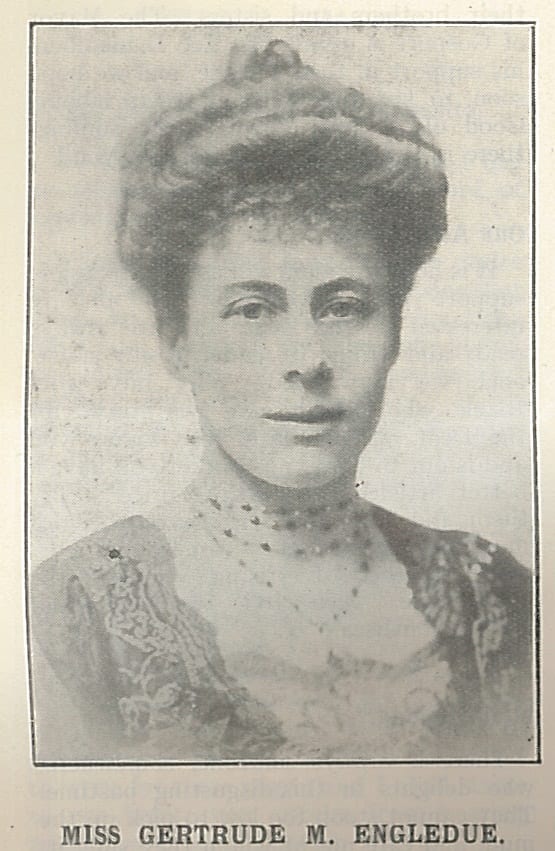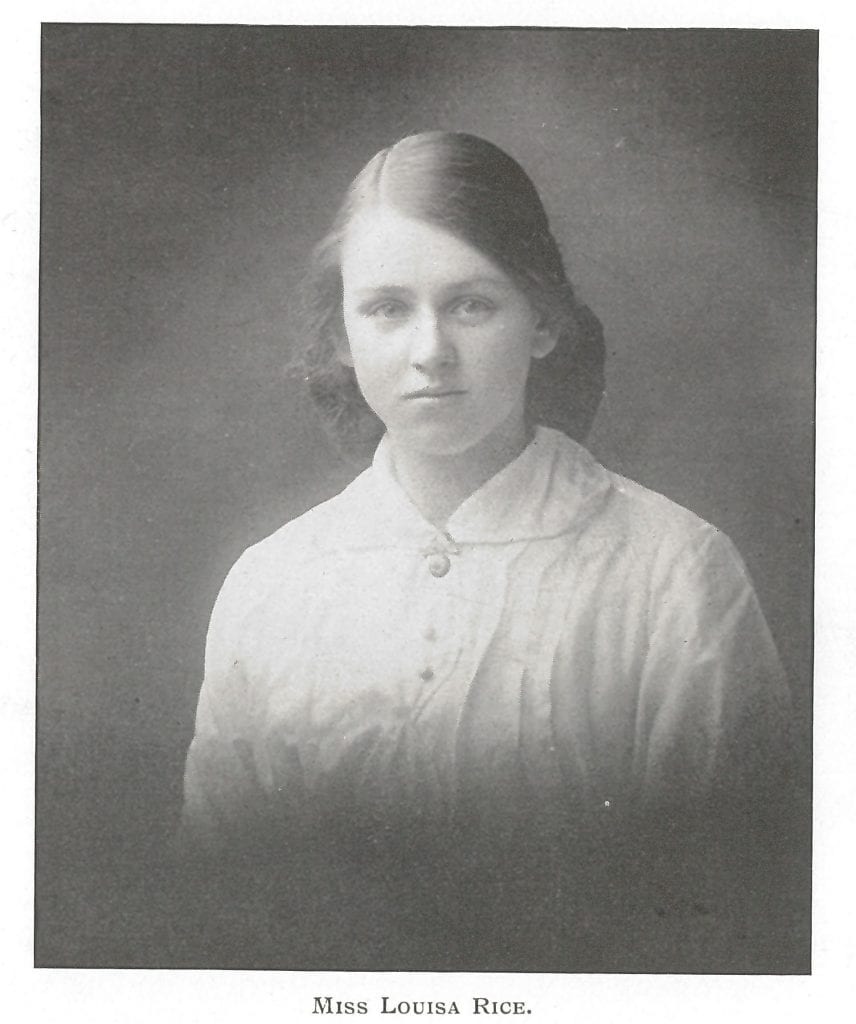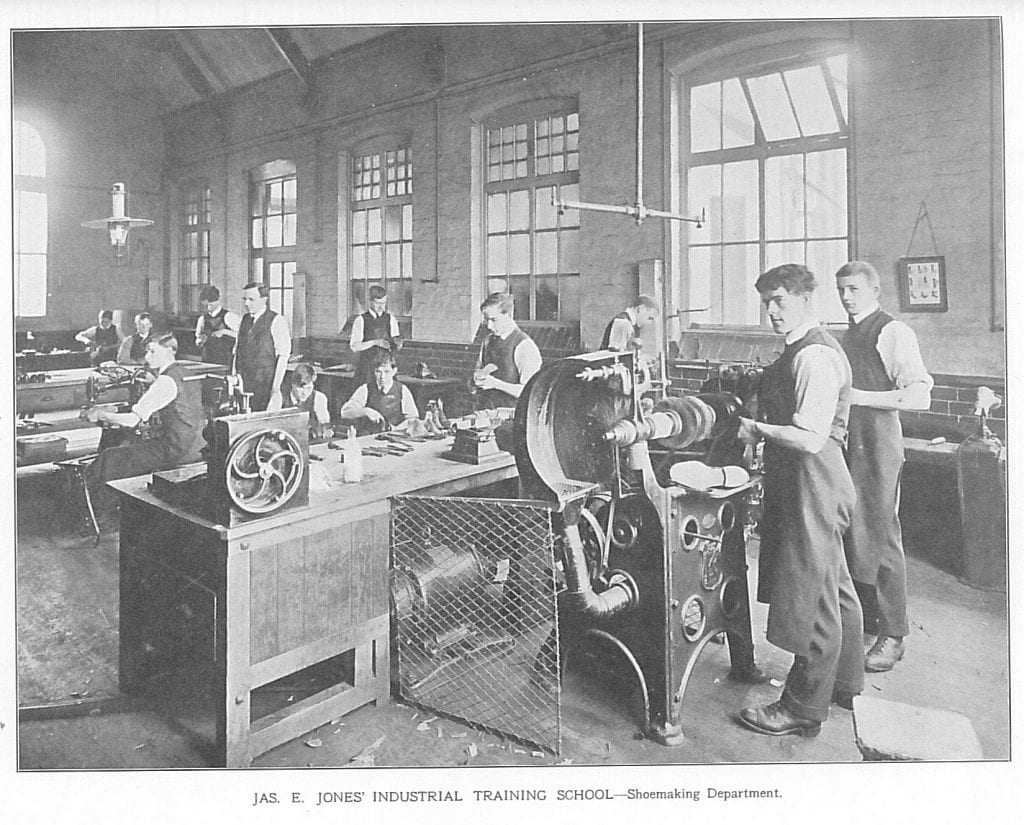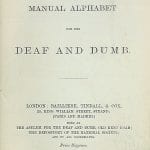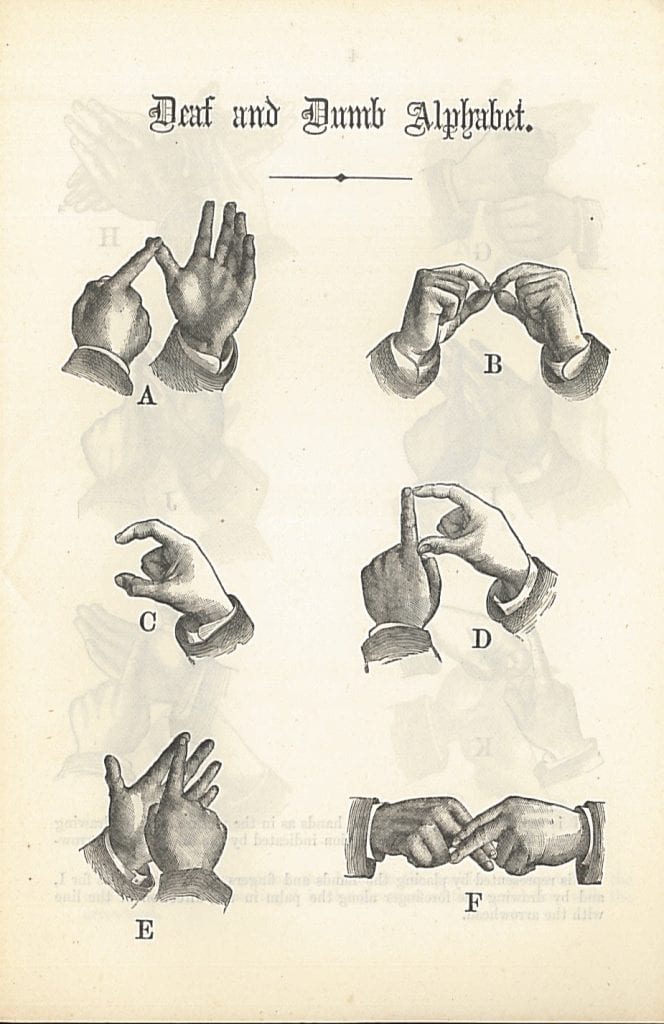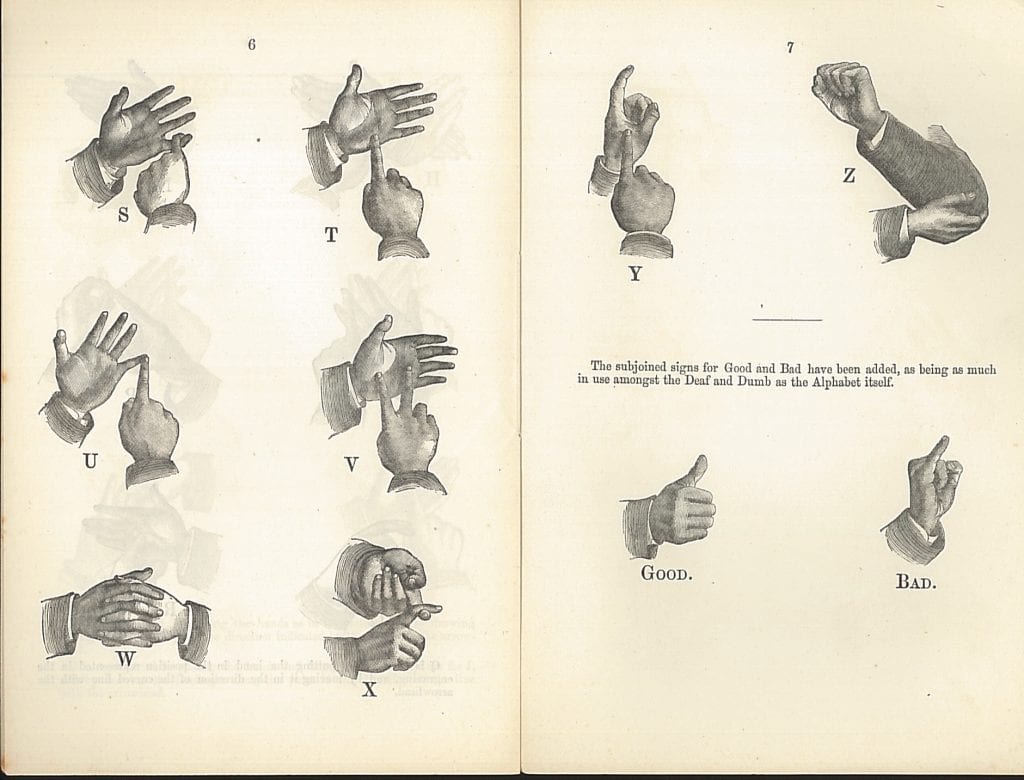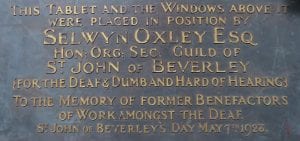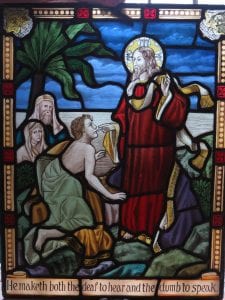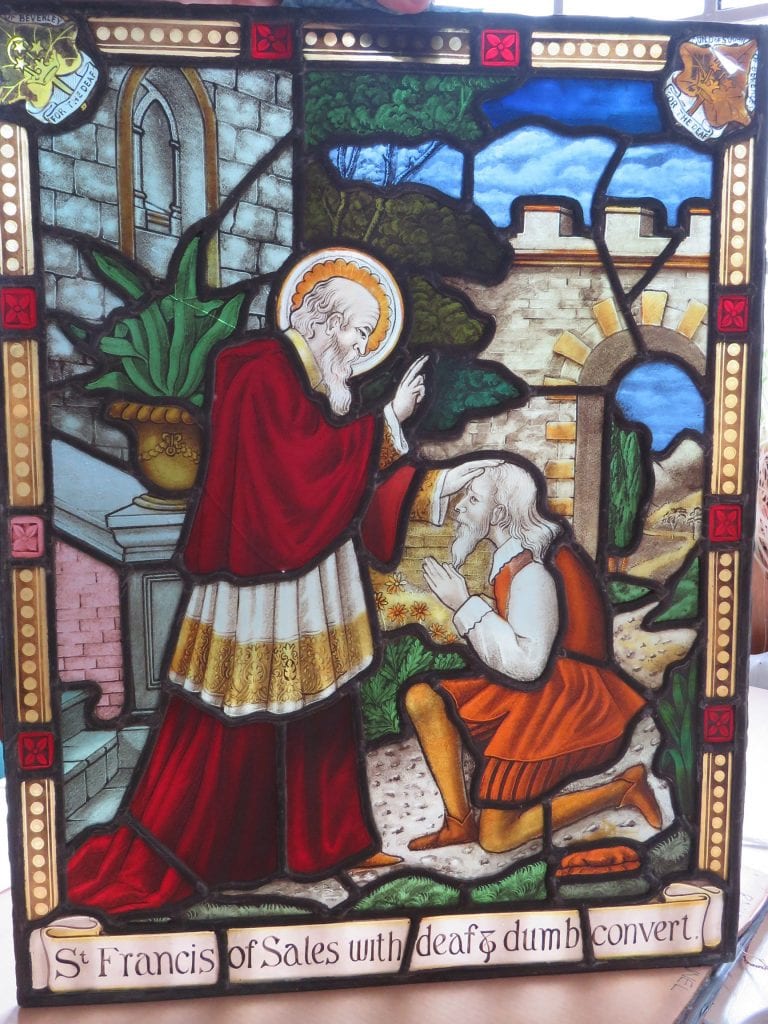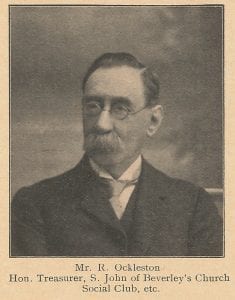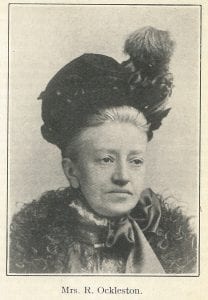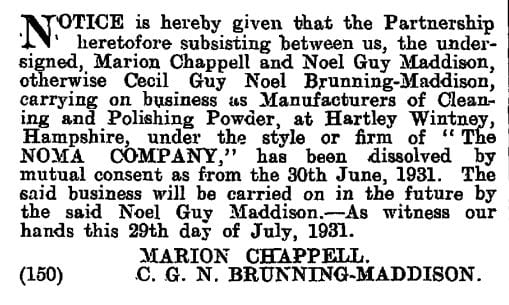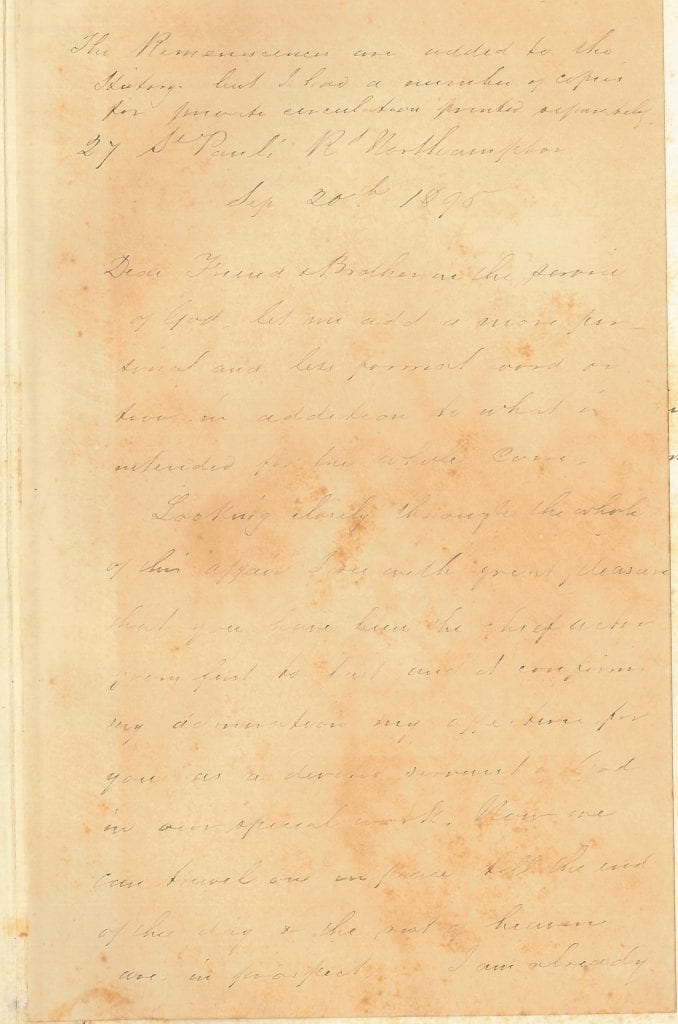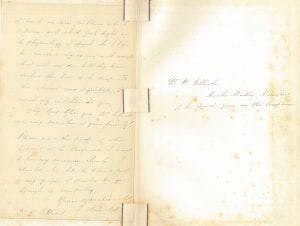The application of Mao Tse-Tung thought to the treatment of Deaf Mutes
By Alex P Stagg, on 8 September 2017
We have among our collections a curious assortment of grey literature that we conservatively name the C collection, a collection of miscellaneous material. A few examples taken at random:
C439: Elizabeth Wootton & Cris Lewis, ‘A work preparation course for deaf young people’, in Careers Bulletin (Spring 1981)
C4406: Hugo Zuccarelli, ‘Ears hear by making sounds’, in New Scientist (10 November 1983)
C588: Anon, ‘The mutes regain their speech’, in China Reconstructs (February 1972)
 This last is perhaps among the most curious items we possess. It details an episode from the Chinese Great Proletarian Cultural Revolution in which a barely educated medical orderly – Chao Pu-yu – applied Mao Tsetung Thought to the treatment of deaf-mutes with, it seems, great success. (Deaf-mute is used throughout the article, and is used here without any desire to offend but to replicate the language used at the time.) On the surface it is a tale of the universal applicability of Mao’s thought, together with acupuncture, but beneath the surface can be discerned currents outside the realm of medicine as we read briefly of Chao’s objection to the counter-revolutionary line for medical and health work promoted by Liu Shao-chi. Liu Shao-chi, better known now as Liu Shaoqi, was until the late 1960s a very prominent member of the Chinese Communist Party.
This last is perhaps among the most curious items we possess. It details an episode from the Chinese Great Proletarian Cultural Revolution in which a barely educated medical orderly – Chao Pu-yu – applied Mao Tsetung Thought to the treatment of deaf-mutes with, it seems, great success. (Deaf-mute is used throughout the article, and is used here without any desire to offend but to replicate the language used at the time.) On the surface it is a tale of the universal applicability of Mao’s thought, together with acupuncture, but beneath the surface can be discerned currents outside the realm of medicine as we read briefly of Chao’s objection to the counter-revolutionary line for medical and health work promoted by Liu Shao-chi. Liu Shao-chi, better known now as Liu Shaoqi, was until the late 1960s a very prominent member of the Chinese Communist Party.
Inspired by the criticism of Liu he heard, Chao learnt acupuncture, practicing on himself. His early successes included treating an old worker, Wang Kuei, who suffered from arthritis; and before long Chao was ready to treat more serious conditions. In 1967 Chao and comrades formed a Mao Tsetung Thought team, to spread the Great Helmsman’s ideas. But this was not an autonomous team: in March 1968 the ‘medical propaganda team’ was ordered to a school for deaf-mutes in the city of Liaoyuan. As soon as they arrived, a young girl – Wang Ya-chin – drew Chao’s attention to a picture of Mao. She wanted to say ‘Long live Chairman Mao’ but was only able to manage a strained ‘Ah…’. The entire episode is reminiscent of the worst excesses of a Stalinist personality cult, where the project seems less focussed on returning hearing and speech to deaf-mutes and rather more about giving a new voice to the choir of praise for Mao.
Inspired by Mao’s teachings – for example ‘The people with real personal knowledge are those engaged in practice the world over’ – Chao and his comrades determined that there were no incurable cases, simply cases refused treatment. As befits political revolutionaries, Chao and his team went beyond the boundaries of earlier acupuncture, thrusting the needles deeper than 5 fen, a measure in acupuncture treatment, the point acupuncturists felt would endanger the patient’s life. Previous generations, the article notes, had been limited by the level of scientific development of their time. It was with this as their guiding principle that they achieved the dramatic results of restoring speech and hearing to deaf-mutes. Chao declared: “We proletarian revolutionaries want to relieve our class brothers of their suffering. We must go forward. We must not be stopped by the belief that 5 fen is the ultimate limit’.
Chao tried the new, deeper, insertions on himself. He refused to feel fear, reminding himself his experiments were in the service of the people and he was carrying out Chairman Mao’s line for medical and health work. Pushing the needles deeper and deeper Chao gained the results he had been looking for and shared the news with his comrades. China Reconstructs reports that the application of the new treatment to Wang Ya-chin returned speech to her: after fifteen years of silence she could once again speak.
Although the article states that in the three years after Chao’s breakthrough deaf-mutes across China received treatment, it does not go into specifics about numbers or supply further information.
Sadly the trail goes cold. A 1972 pamphlet, Exploring the Secrets of Treating Deaf-Mutes, is available online at: https://archive.org/details/ExploringTheSecretsOfTreatingDeaf-mutes, and there’s a 1977 article, Andrew Sutton’s ‘Acupuncture and deaf-mutism’ (Educational Studies 3:1 (1977)) which examines the claims made. Chao Pu-yu’s fate is a mystery: but if any readers know what happened to him, please let us know.
Ed Lyon
 Close
Close



